ELAINE, Ark. — On a recent September afternoon, Courtney Porter counted his losses: his mom from old age, his wife from diabetes complications, two of his brothers. While one died of an aneurysm, the shooting death last year of his younger brother, Patro, hit the hardest.
“It tore me up, real bad,” said Porter, 50, from the Stop N Shop, a defunct gas station that is now a convenience shop. “I’ll never get over it.”
Patro, who was 46 when he died, was a barber. He had even cut the hair of the man, then 20, who is accused of shooting him after an argument over a cigarette.
For this tightknit town of 500, situated on the west bank of the Mississippi River and surrounded by soy and cotton fields, the killing was both shocking and senseless, Porter said.
“Everybody here gets along,” he said. “Everybody had a question, like, ‘Why? Why? Why did he do this?’”
Patro Porter’s death wasn’t an isolated incident. Phillips County, where Elaine is located, is home to about 15,000 people spread across 690 square miles. Data shows they’re at high risk of gun violence. From 2016 to 2020, the county had the country’s highest per capita rate of gun homicides, according to an analysis last year by the Center for American Progress, a policy research institute.
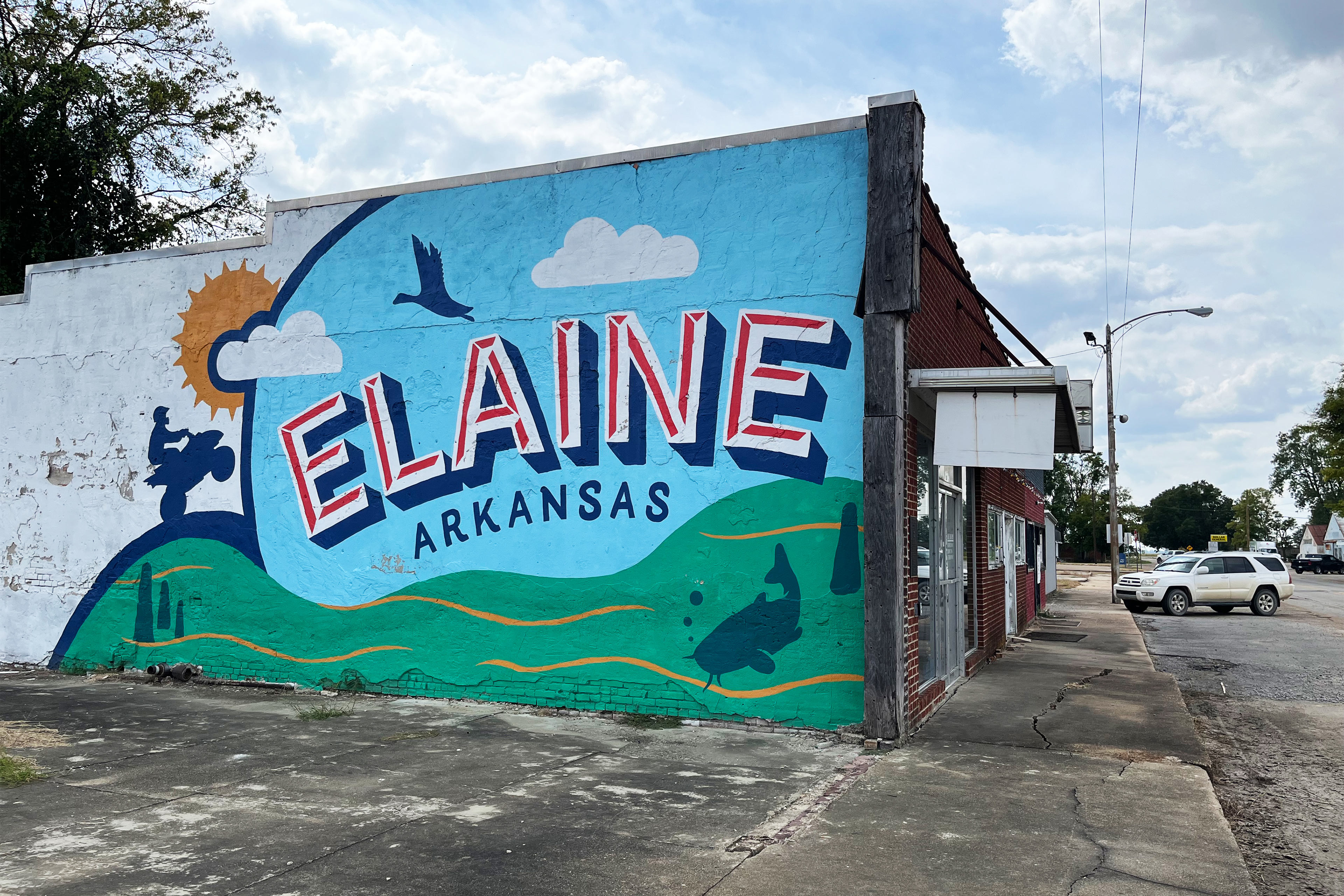
During three days in July, police responded to reports of four homicides in Helena-West Helena, the Phillips County seat. That might be a small number for a major city, but it has an outsize impact in a rural town, said Nick Wilson, senior director for gun violence prevention at the Center for American Progress.
Suicide rates in rural areas have long been higher than in cities. But nationwide, rural gun homicides have risen too, and, in some areas, outpaced their urban counterparts. From 2016 to 2020, 13 of the 20 counties with the highest gun homicide rates were in the rural South, according to the center’s study.
The deaths can devastate small communities. Rural areas often lack the resources and expertise needed to stem gun violence and medical facilities to care for the wounded.
More research is needed to determine what drives rural gun violence in the places it’s most prevalent, but the causes are similar to those in historically “redlined” urban neighborhoods, where Black people have been denied mortgages and other housing opportunities, said Daniel Webster, a distinguished scholar at the Johns Hopkins Center for Gun Violence Solutions. Both types of areas have been starved of resources and opportunities, he said.
“These disadvantages are structural and driven by policy rather than naturally occurring,” he said. “The conditions that lead to structural racism also lead to higher rates of gun violence.” These are places that have lacked investment, where poverty is rampant, unemployment is high, schools are failing, and buildings are crumbling.
Phillips County has a harrowing history of racism. In 1919, Elaine was the site of one of the worst racial massacres in U.S. history. At least 200 Black residents were murdered by white residents and soldiers over a couple of days after a group of Black farmers met one late September evening to demand better payments for their cotton crops.
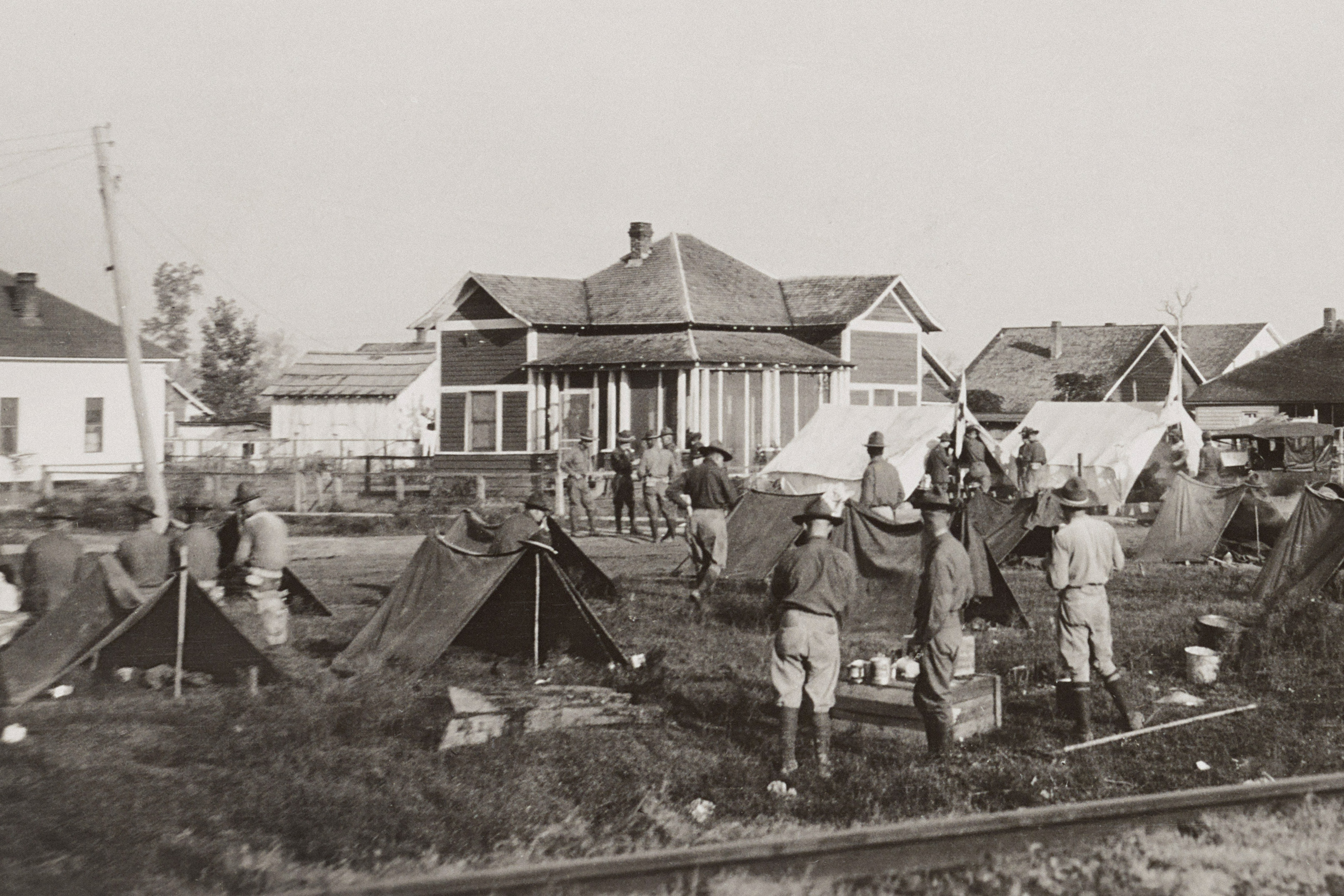
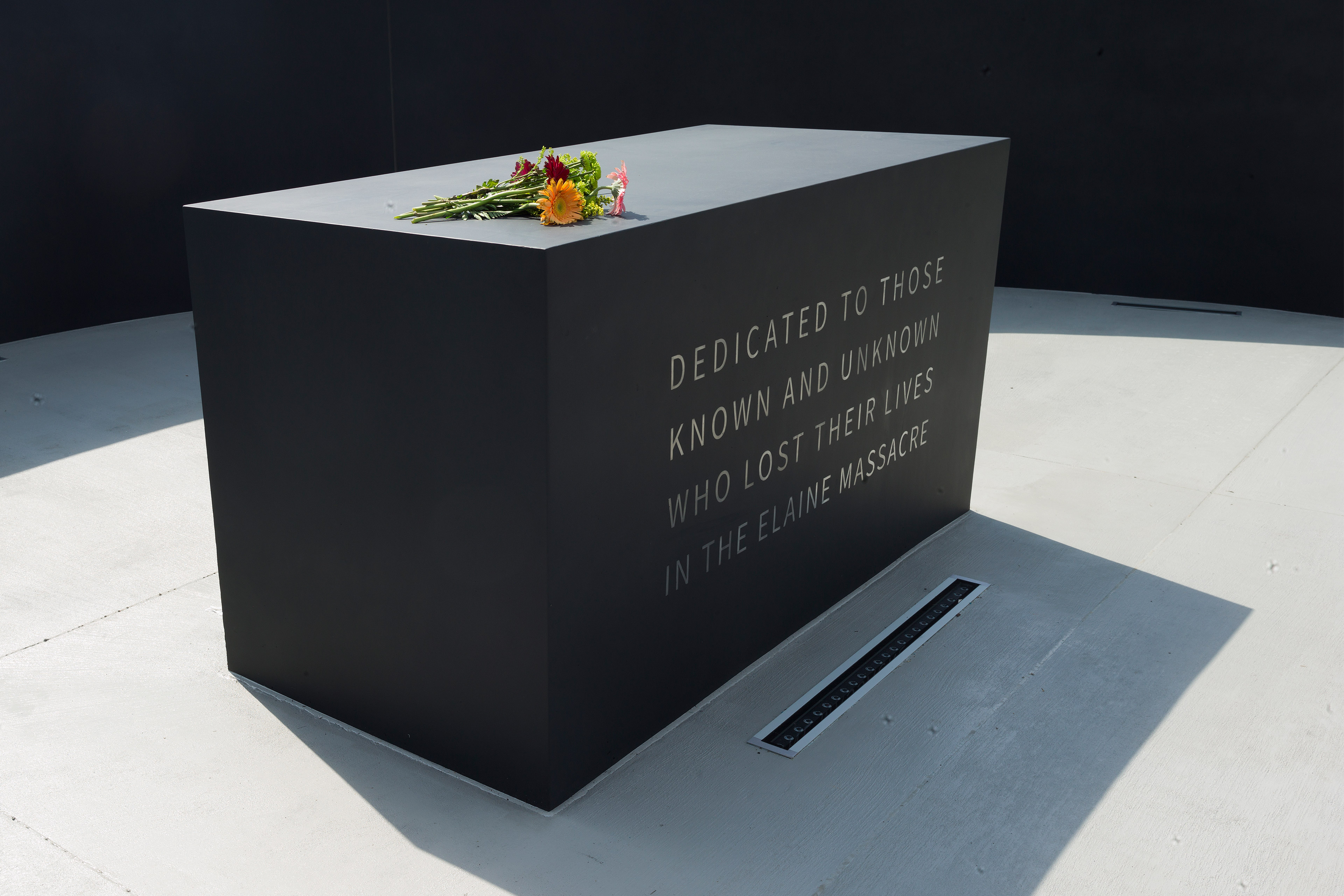
The descendants still deal with generational trauma, said Brian Mitchell, a historian who researched the massacre and is now director of research and interpretation at the Abraham Lincoln Presidential Library and Museum. Segregation continued, the mechanization of farming sent unemployment soaring, and poverty deepened.
Still, Ora Scaife, 40, remembers a “joyful” childhood in Elaine, where she attended middle and high school football and basketball games and looked forward to seeing store windows decorated for the holidays. “It was popping,” said Scaife, manager at the town’s Dollar General.
Today, Elaine’s shops and restaurants sit empty. Many houses are crumbling. Even the schools shut down because of declining enrollment — children are now bused 30 minutes to Marvell. The Dollar General employs both Patro Porter’s son and the sister of the man accused of shooting him, Scaife said.
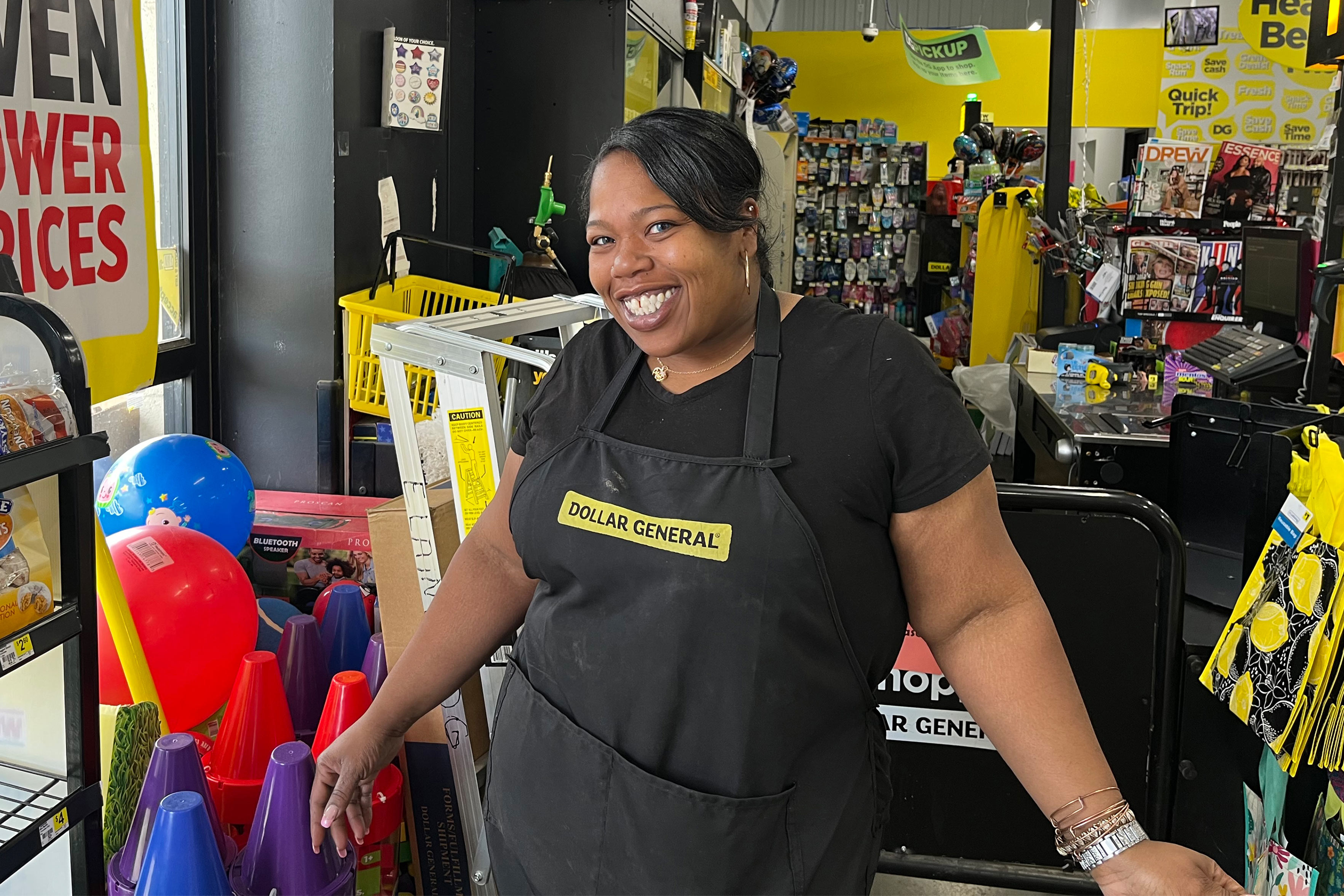
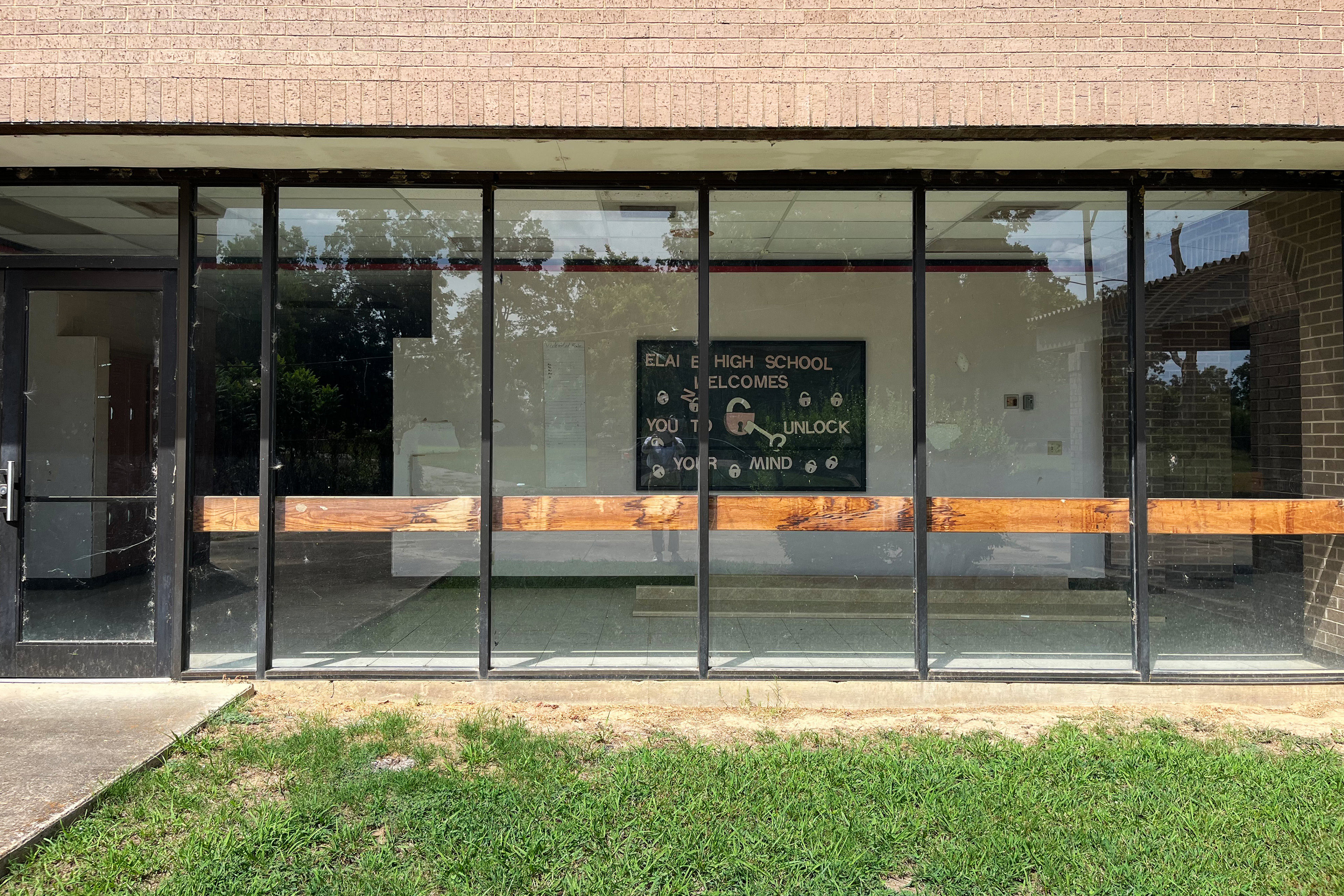
After he was shot, Patro Porter was first taken to a medical center 25 miles away, and then flown to a trauma center in Memphis, Tennessee, where he died the next day. The man accused of killing him was captured two months later in Little Rock. He’s now awaiting trial.
Elaine is divided by Main Street, where on a recent afternoon a pickup truck with a Confederate flag license plate sat parked in front of the one-room library. White residents populate the town’s southern portion, and the north, which includes a public housing complex — a cluster of two-story brick buildings where Patro was shot— is a Black community, said Lisa Hicks Gilbert.
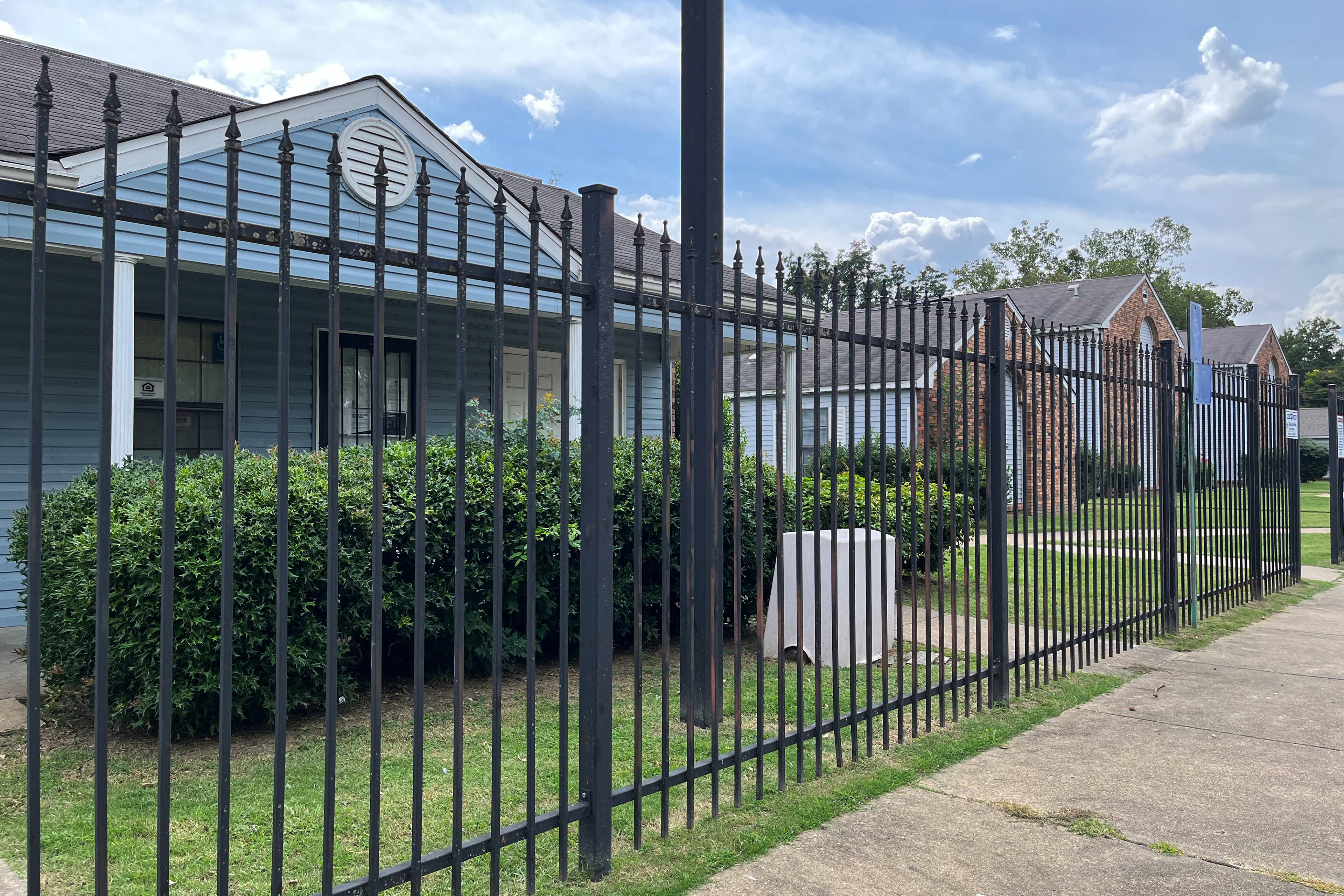
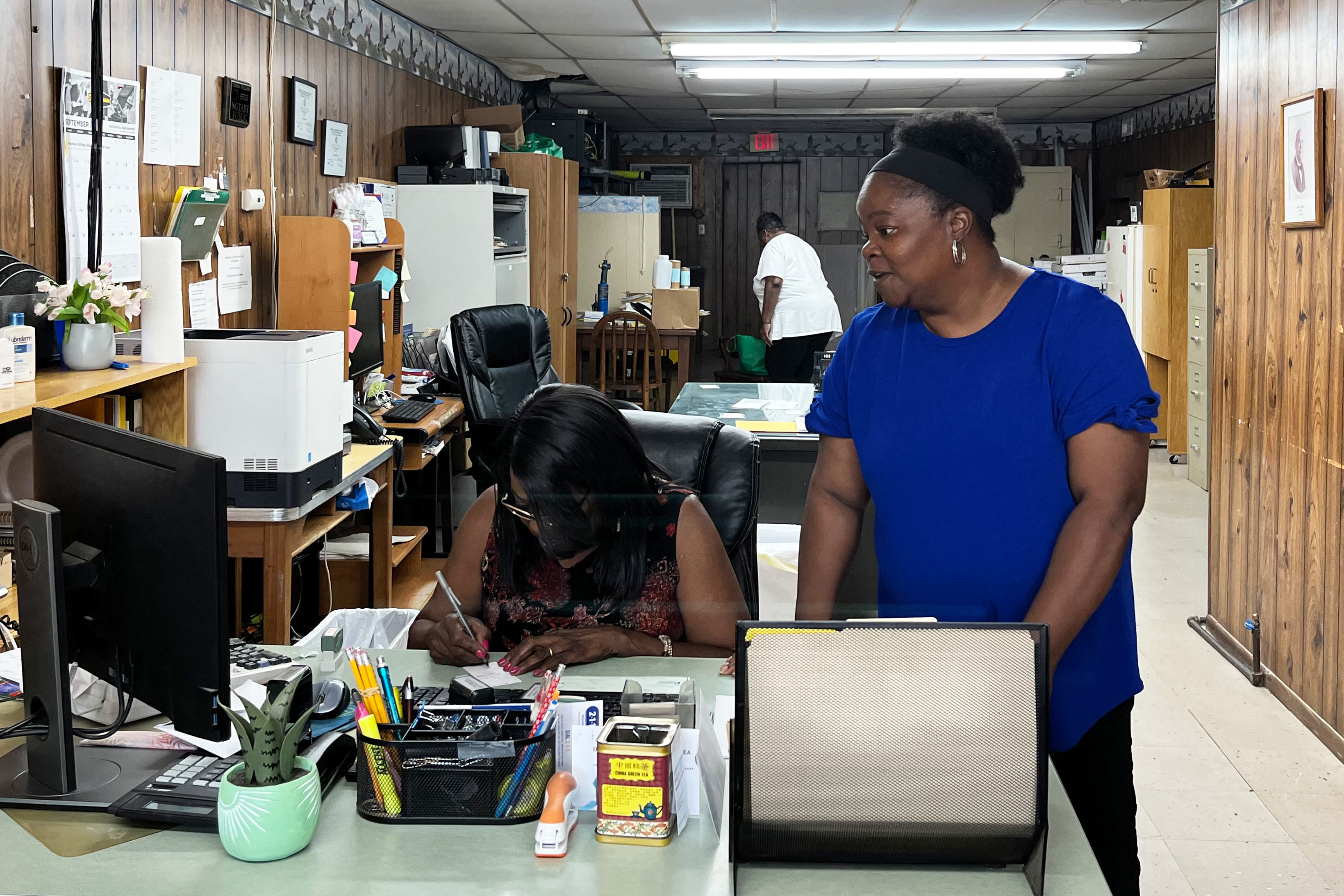
“Phillips County is rooted in violence,” said Hicks Gilbert, who became Elaine’s first Black and female mayor in January and is a descendant of an Elaine massacre survivor. “Generational poverty by violence is going to breed violence.”
Under those conditions, even small stressors, like a fight over a cigarette, can lead to a shooting, researchers say. Most homicides in Phillips County, as in urban areas, stem from interpersonal or domestic disputes. A few years ago, a man in Helena shot a man who allegedly stole butter beans from his garden.
“A lot of people think homicides happen very quickly, but they transpire over days and weeks,” said Charles Branas, director of the Columbia Center for Injury Science and Prevention.
In the past, disputes would end up in fistfights, said Kevin Smith, who was Helena-West Helena’s mayor until 2022 and served in the Arkansas state senate. The widespread availability of guns escalates homicides and suicides, according to public health researchers. In the South, gun laws are generally lax. Arkansas already had permissive gun laws and further loosened them in recent years, according to an Axios analysis of state gun laws.

Phillips County, and the entire Mississippi Delta region, has lacked concentrated federal investment and a steady stream of grants that typically flow to bigger cities, Smith said. That affects everything from the lack of mental health care and addiction treatment to the lack of quality public housing and programs needed to stimulate the economy and schools, said Smith, who also serves on the board of the Helena Regional Medical Center. “If you scratch down enough,” Smith said, “it is despair.”
Hicks Gilbert knows the community can’t undo decades of poverty and trauma overnight, but she said residents are used to overcoming big challenges and making do with few resources. “These are the most resilient people, the most resourceful people,” she said.
In April, Hicks Gilbert hired a new police chief — the only full-time law enforcement position in Elaine — from a different part of the state. She is requiring public housing operators to keep properties up to code, bringing in dumpsters to encourage residents to clean up trash, tearing down dilapidated houses, hiring young people to work in city government and at the community center, and starting a tutoring program.
“I am changing the way people see their community and changing the mindset about what is possible,” Hicks Gilbert said.
But persistent poverty and violence take an emotional toll, said Steven Cannon, a pastor who also runs an after-school community center in West Helena.
“What you see can be depressing at times, especially on a young generation,” Cannon said.
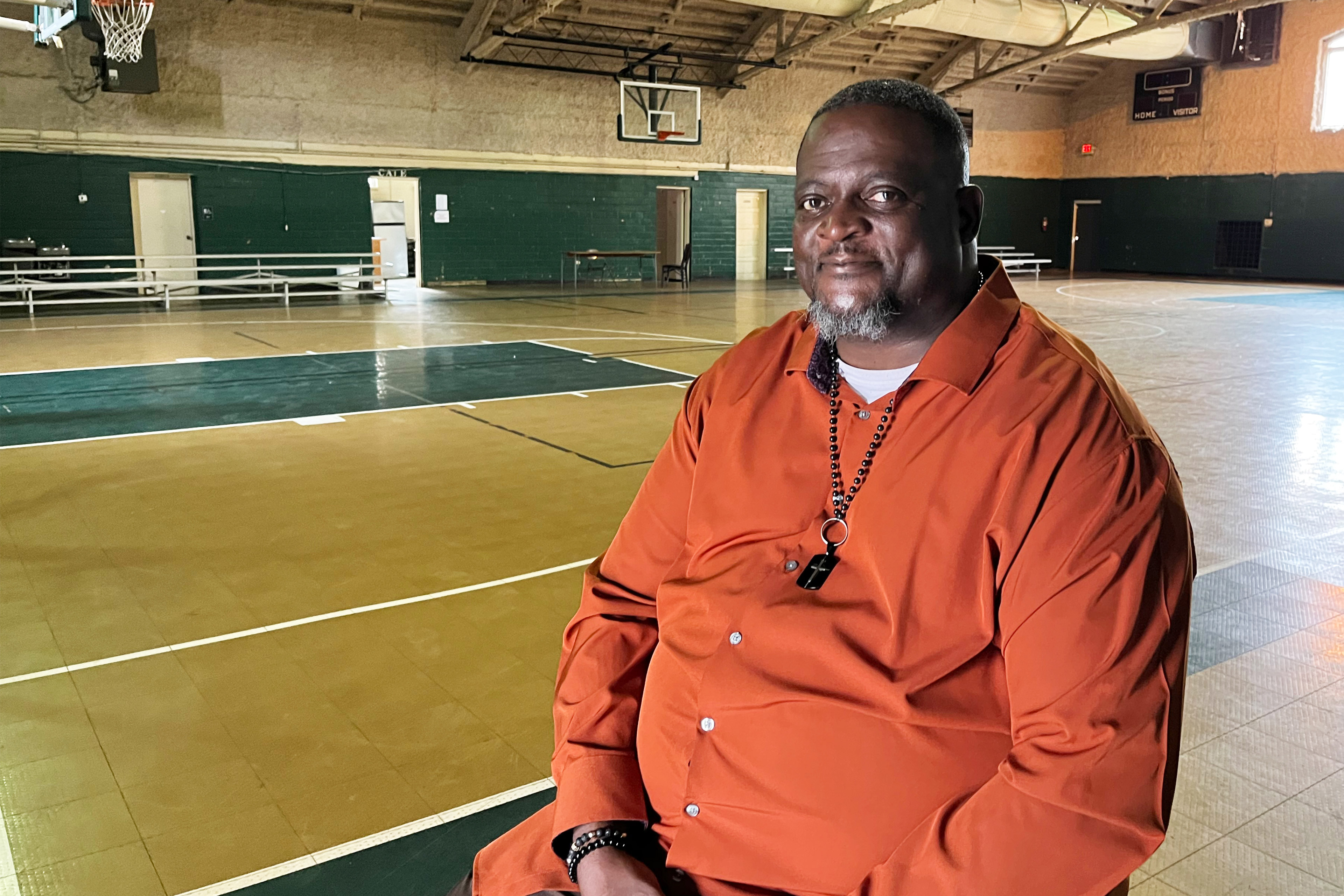
Over the past three years, Cannon has handled more than 10 funerals for young people who died of gun violence. Every time, he directs mourners to release balloons into the air to express the loss. The most recent funeral he officiated, for a 15-year-old who was a regular at the community center and was shot last year, was especially hard, Cannon said.
“Because you say, in your mind, ‘When will it stop?’” he said. “‘When will somebody listen?’”







